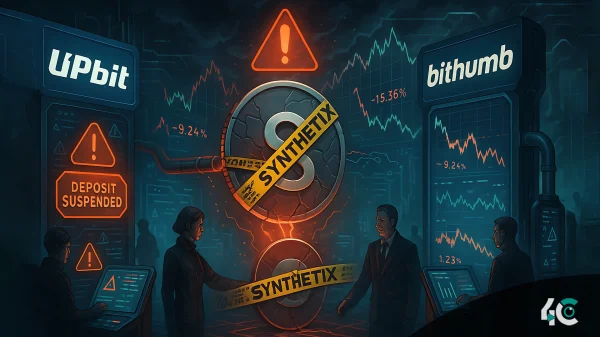In the world of cryptocurrencies, there is a new idea that would protect peer-to-peer (P2P) transfers from man-in-the-middle (MitM) scams without the need for standard Know Your Customer (KYC) checks. A person on Reddit with the name ShadowOfHarbringer posted the draft of the “Zero-KYC Assurance Mechanism for Fiduciary Money Transfer” (ZKAM-FMT).
The ZKAM-FMT plan protects peer-to-peer cryptocurrency transfers by adding a browser to market apps that can check transaction details like amounts, account numbers, and transfer names. Many users are worried about their privacy when it comes to standard KYC procedures. This process solves those problems by properly handling funds without storing sensitive user information or directly dealing with banking systems.
The mechanism’s main goal is to reduce MitM scams, which happen when a con artist steps in between two honest people during a transaction. In these types of scams, the bad guy gets the buyer to send money to a fake seller account, and the real seller gives the crypto to the scammer without realizing it. This means the buyer doesn’t get the item they bought and the seller could face legal problems.
With its new way of improving security in P2P markets, the ZKAM-FMT plan also has a number of problems. Integration with banking websites is a big problem because they might need to be updated often, which could make the process of application more difficult. The plan is also not very useful for people who like to use mobile banking apps because the identification process is browser-based.
The current discussion about Know Your Customer (KYC) and preventing scams in the cryptocurrency world shows how important it is to find solutions that balance privacy and security. Scams usually target people between the ages of 25 and 34 in the UK, but some experts say that older people, especially those over 65, are more likely to fall for them.
As the cryptocurrency industry grows, new ideas like ZKAM-FMT could be very important in making P2P markets safer without affecting users’ privacy. But for these kinds of projects to work, they need to be able to solve technical problems and get backing from a lot of users and site operators in the crypto community.


































